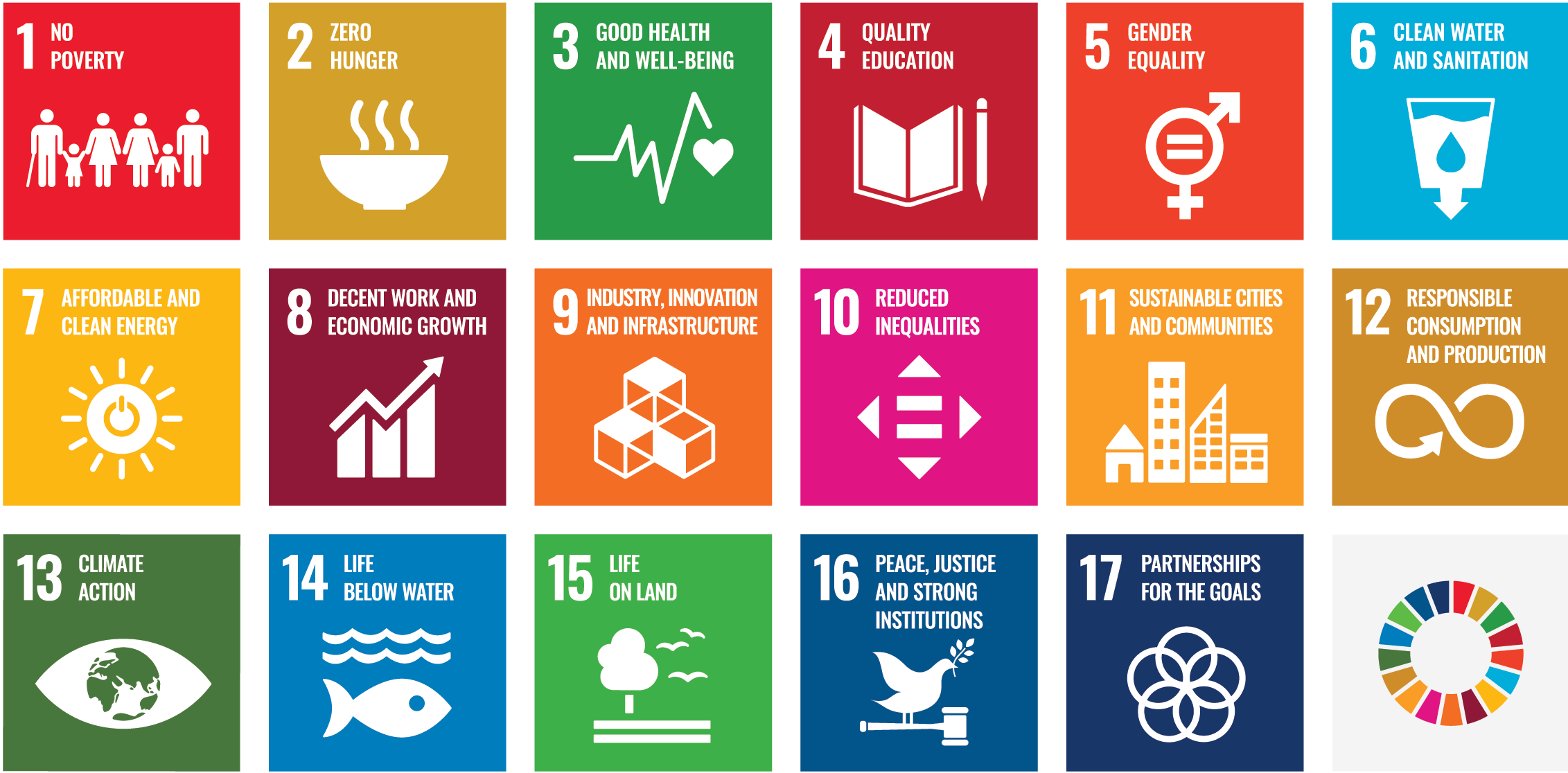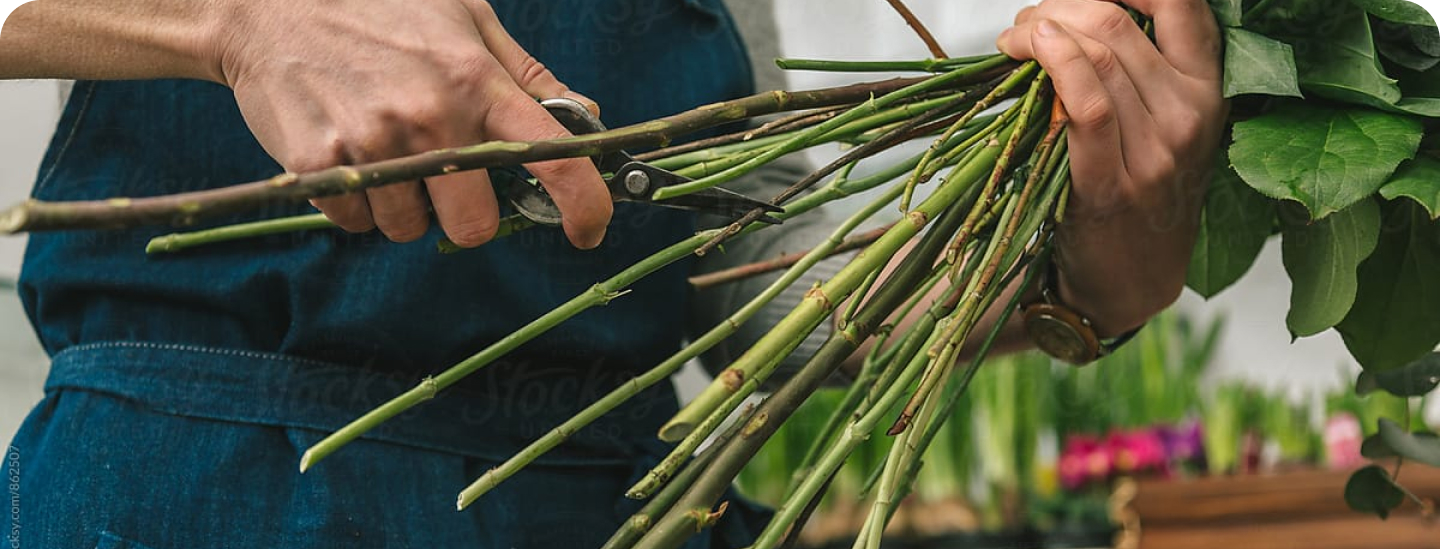SFN Design and Business Principles
The Sustainable Floristry Network has developed four principles to guide florists toward a sustainable practice.
- Choose better flowers
- Design out waste
- Invest in ethics
- Communicate with community
The SFN Design and Business Principles recognise the three pillars of sustainability: people, planet and prosperity. They have been developed to support the UN Sustainable Development Goals and circular economy models, in consultation with academic and industry experts.
This is a living document, guided by the latest science. We may update it as knowledge evolves.
What are the Sustainable Development Goals?
The 2030 Agenda for Sustainable Development, adopted by all United Nations Member States in 2015, provides a shared blueprint for peace and prosperity for people and the planet, now and into the future. At its heart are the 17 Sustainable Development Goals (SDGs), which are an urgent call for action by all countries – developed and developing – in a global partnership.
The SFN Design and Business Principles
A summary of the key actions for each SFN principle can be found below. The full document forms part of the SFN Foundation in Sustainable Floristry course, which expands on these ideas and explains how to execute them.
Choose better flowers
- Use local, seasonal, field-grown flowers wherever possible to minimise floristry’s carbon footprints.
- Support flower farms investing in sustainable and regenerative farming methods to preserve biodiversity and enrich local ecosystem health.
- Use certifications to support sustainable and fair work practices throughout the supply chain.
- Nurture a nature-positive connection between people and flowers to enrich the human-nature relationship.
- Use sustainably-sourced native species to promote local ecosystem awareness and connect people with local flora.
Design out waste
- Design out waste in floral design to support the transition to a circular economy.
- Use the zero-waste hierarchy as a guide to make better decisions about products and sundries.
- Reduce dependence on plastics to help tackle the pollution crisis.
- Guide consumers to better choices to make it easier for them to manage materials at the end of life.
- Engage with your local community to share and conserve resources and keep manufactured products in circulation.
Invest in ethics
- Keep your workplace safe and fair – and aim to extend these goals throughout the supply chain.
- Ensure your business operations are ethical with the ultimate aim of supporting the SDGs
- Manage your waste to support circular economy objectives
- Use energy, water and chemicals wisely to conserve resources for future generations
- Create a plan for your sustainability goals to document your progress and keep track of achievements.
Communicate with community
- Reset consumer expectations to help shift perceptions about what ‘good’ floral design can be.
- Share your sustainability goals to communicate your activities with your colleagues and peers and help inspire change through the wider system.
- Become a voice for change to support the greater industry to move towards a model of true sustainability.

